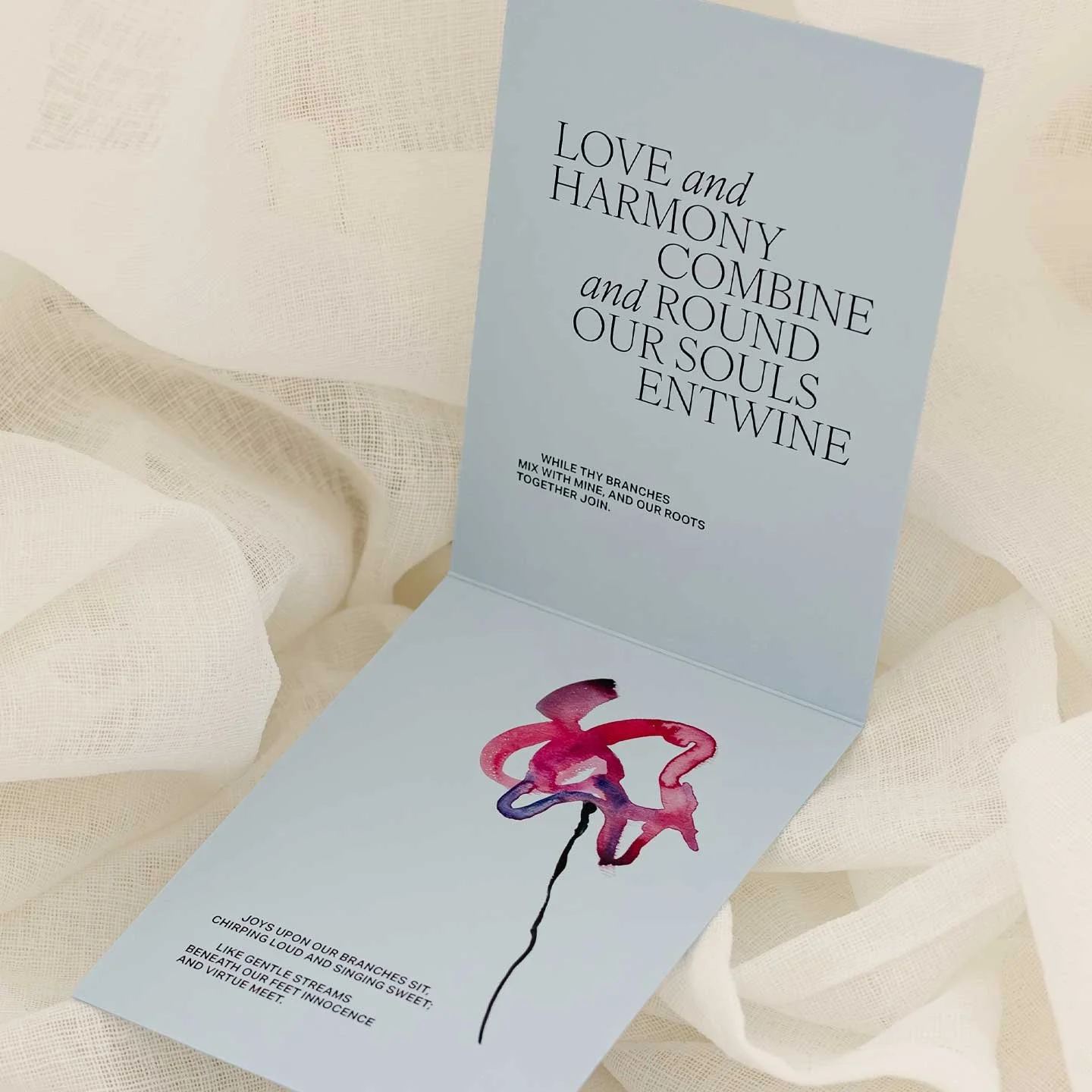
THE ROLE OF TYPOGRAPHY IN DESIGN
The copy, font and lettering - typography - is a central tenet to most designs. Typography is the art of arranging type, a fundamental pillar of graphic design. Alongside your logo, it’s all about conveying a message - for your brand, that is likely to be who you are and what you represent as a company, as well as who your ideal client is.
WHAT IS TYPOGRAPHY?
Typography is what graphic designers call your copy, and the decisions we make with it in a design context.
From the choice of font to the colour, the typeset, the size, the spacing, the kerning, and so much more, there are many small visual tweaks and choices we make to your copy to ensure your typographic design is perfect for communicating your message.
WHAT IS THE ROLE OF TYPOGRAPHY IN DESIGN?
Every decision, from character styles and proportions to weights and spacing, influences how a message is seen, felt, and understood.
Thoughtful typography elevates the visual brand experience, guiding the reader through content with clarity and emotion.
The shape and form of letters creates a visual language that speaks before the words are even read. Well-crafted typographic layouts rely on balance, negative space, and refined composition
to establish a natural rhythm. Good typographic layout should almost not be noticeable - that’s the point. It’s all about ensuring great communication.
In today’s digital-first design landscape, heritage fonts play a powerful role. With foundations in typographic history, these classic typefaces bring timeless elegance and historical depth to contemporary design.
When used with intention, heritage fonts offer contrast and authenticity - bridging past and present while grounding modern designs in tradition. Pairing them with minimalist layouts or modern typefaces can create striking, memorable designs that feel both familiar and forward-thinking.
Whether developing brand identities, editorial stationery design, or digital experiences, typography is never just an aesthetic choice - it’s a strategic tool for communication and emotional connection.


